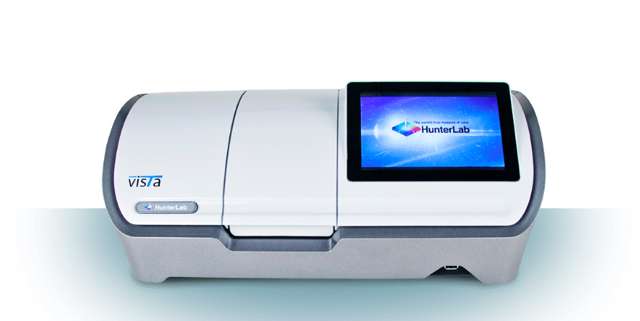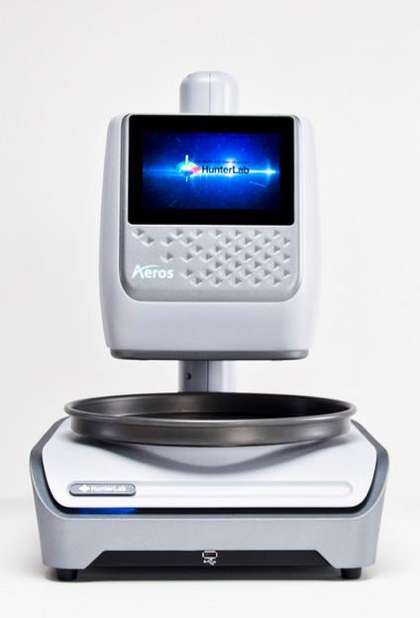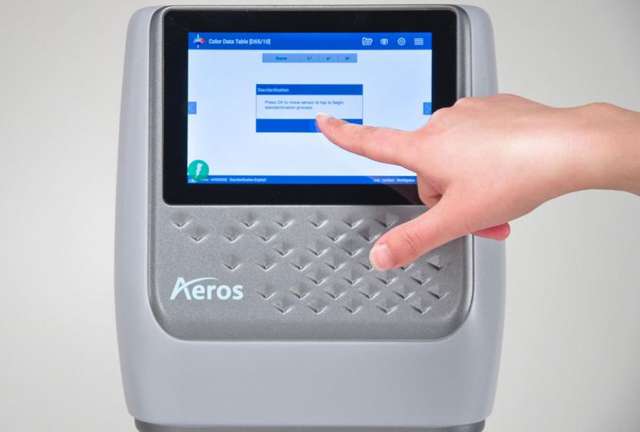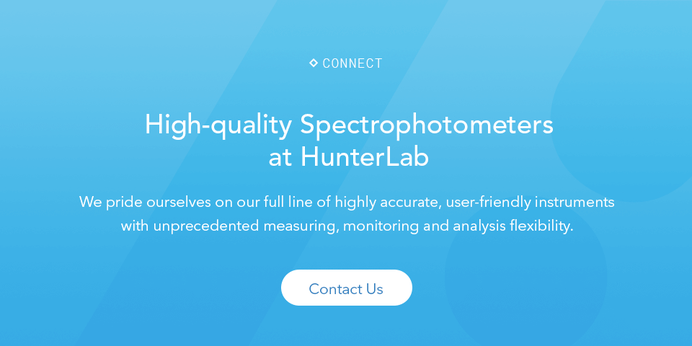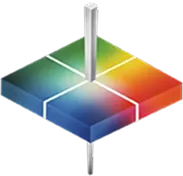How the HunterLab EasyMatch Essentials Product Line Improves Workflow
Right now, the most advanced smart spectrophotometers in the world are the HunterLab Aeros, the Vista, and the Agera. What makes these spectrophotometers “smart?” They all use HunterLab’s state-of-the-art EasyMatch Essentials software, intuitive high-resolution touchscreen interfaces, and advanced communication connectivity, including Remote Access Support services.
The advanced touchscreen interfaces of the Aeros, Vista, and Agera make it easy for your operators to capture measurements. The displays walk operators through every step of the process from start to finish, and you can customize your workflow and save your display preferences, measurement options, and color standards for each product or asset that you test. The EasyMatch Essentials software also allows you to choose how your data appears on the spectrophotometer’s smart screen; whether you need to see the data in a spreadsheet or represented in graphic form as color, spectral, or trend plots, the software will display your data directly on the screen and gives you the ability to send these spreadsheets or graphs over your network for long-term storage and integration with your LMS. You can also choose to display a simple pass/fail for the sample or simulate the sample’s color on the screen. You have complete control over how your data is viewed, making color information more accessible and usable as operators customize data display to their unique needs.
Of course, one of the greatest benefits of smart spectrophotometers like the Aeros, Vista, and Agera is that they come with HunterLab’s proprietary Remote Access Support (RAS) services and advanced network communications. If you need to update your software with the latest patch or you have a question about the operating system, you can contact RAS for help directly through your spectrophotometer’s display. A support expert will access your instrument remotely to make any necessary updates or troubleshoot problems. To ensure privacy, communications include strict security measures, such as encryption and authority checks; even if you work with sensitive or proprietary information, you can safely send data over the network using smart spectrophotometers. Moreover, this state-of-the-art technology allows you to share your data over the network by email or the cloud, giving you more data collection options than a traditional spectrophotometer.
Taken together, advanced software, touchscreen displays, and over-the-network services lead to more effective workflows because they improve productivity and lessen learning curves.3
Productivity
Smart spectrophotometers automate some of the tasks that operators normally perform themselves. The less time your operators spend updating a spectrophotometer’s settings, adjusting the sensor, uploading data, or troubleshooting problems, the more time they can spend on other, more productive tasks. This improves workflow, as operators can measure a greater number of samples during their shifts or focus on refining the manufacturing process to ensure reliable color results from batch to batch. This is especially useful for Just-In-Time manufacturing, as you can produce a greater number of products each day while still testing every batch thoroughly for color consistency.
Operator Learning Curves
Smart technology can significantly lower the learning curve for your operators. One challenge of using a new technology or instrument is that you have to spend time training your operators how to use it. With RAS, experts are available to immediately answer all of your operators’ questions, giving them instant access to expert advice. Moreover, the intuitive touchscreen display walks your operators through every step of the sample measurement process. You won’t have to spend hours training your operators, minimizing interruption to their workflows as well as reducing risk of operator error to ultimately enhance efficiency.
Ultimately, adding a modern smart spectrophotometer to your lab means the future is truly at your fingertips.
HunterLab Innovation
Are you prepared for Industry 4.0? If you’re ready to use the most advanced smart spectrophotometer technology in your lab, contact HunterLab today. Our line of smart spectrophotometers improve workflows, enhance data management, and allow you to make the most out of your color quality control process. The Aeros, Vista and Agera spectrophotometers are designed to measure the color of a variety of samples using state-of-the-art software, touchscreen displays and flexible, adjustable measurement ports. These instruments will help you create high-quality products and will help you prepare for the future of spectroscopy.
